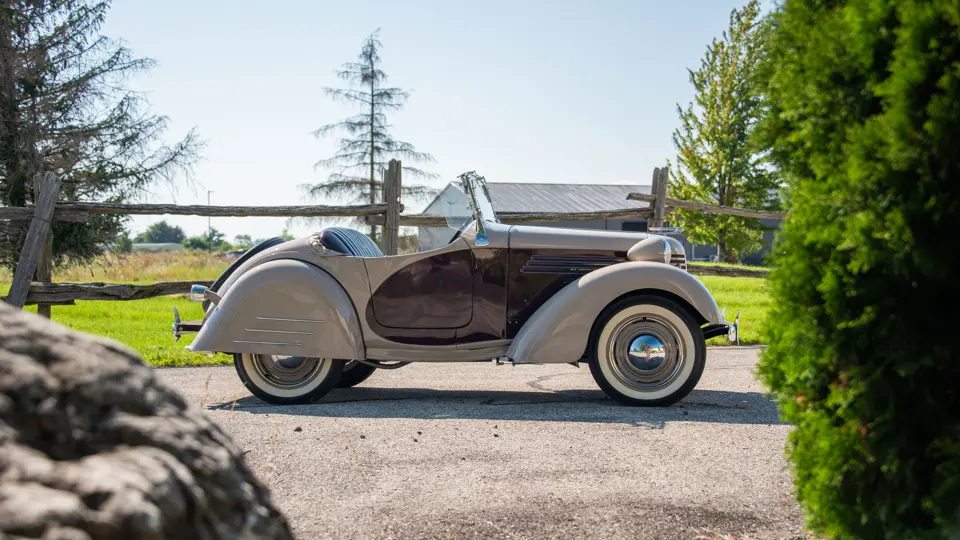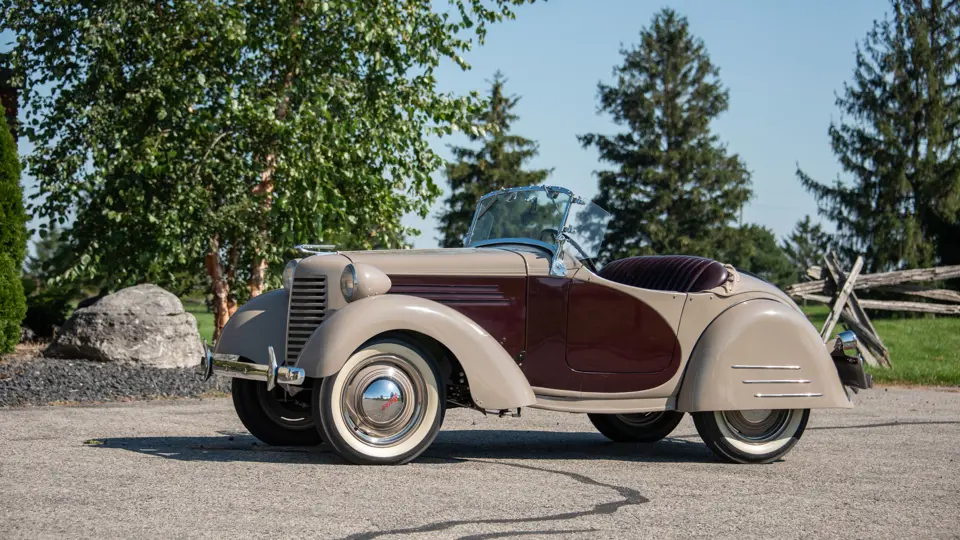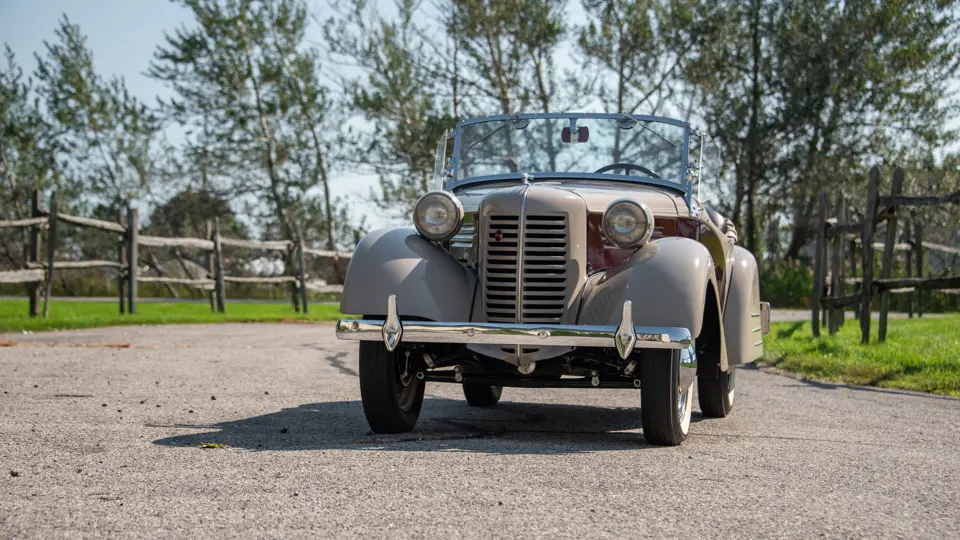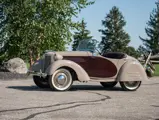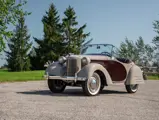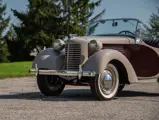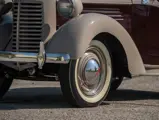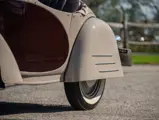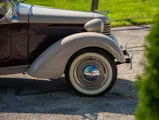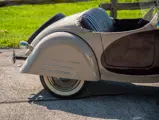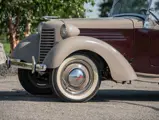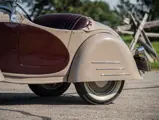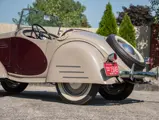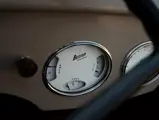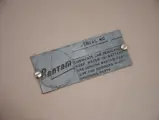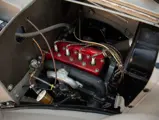Few manufacturers before or since have believed in their product as much as Roy Evans did. The creator of the American Austin refused to give up after the tiny little car failed in 1934, and by 1937, a revised and modernized version, the American Bantam, was rolling out of the factory in Butler, Pennsylvania. The car’s basic 50 cubic-inch four-cylinder engine was pepped up somewhat, with the able assistance of famed racing engineer Harry Miller, while Count Alexis de Sakhnoffsky skillfully updated the Bantam line with a streamlined design very much of the moment, earning the princely sum of $300 for his services.
The Bantam, like the Austin before it, was a car ahead of its time. It was small, incredibly economical, and, for lack of a better word, adorable. Those qualities, which work so well for sales of today’s small cars, did not impress buyers of the late 1930s. Fewer than 7,000 were produced before production ended for good in 1941. Sadly, this was shortly before many Bantam buyers came to appreciate the fuel-sipping little runabouts in the days of rationing ahead. The company’s lasting influence was, in its final months, developing a small prototype military vehicle, with mass-production being handled by Ford. It would come to be known as the jeep.
Today, Bantams have developed quite a following among enthusiasts, as they are supported by an active club and always bring endless “smiles per mile” to any collector car event.
The roadster offered here is finished in a charming two-tone paint scheme with a handsome maroon interior featuring white-faced instrumentation. The cheerful appearance is set off by rear fender skirts over color-keyed wheels with chrome hubcaps and trim rings, wide whitewall tires, a tan removable top, dual wipers, dual taillights, windshield wind wings, and a stylish hood ornament.
The car’s dashboard prominently displays a numbered “Fergus Motors of New York City” tag, a well-known dealership where the car was presumably sold or serviced at some point many years ago. The car was previously owned and enjoyed by noted Los Angeles collector Don Appel and was acquired by the consignor in August 2020.
Given the great popularity of microcars, this represents a wonderful chance to get behind the wheel of an all-American example.




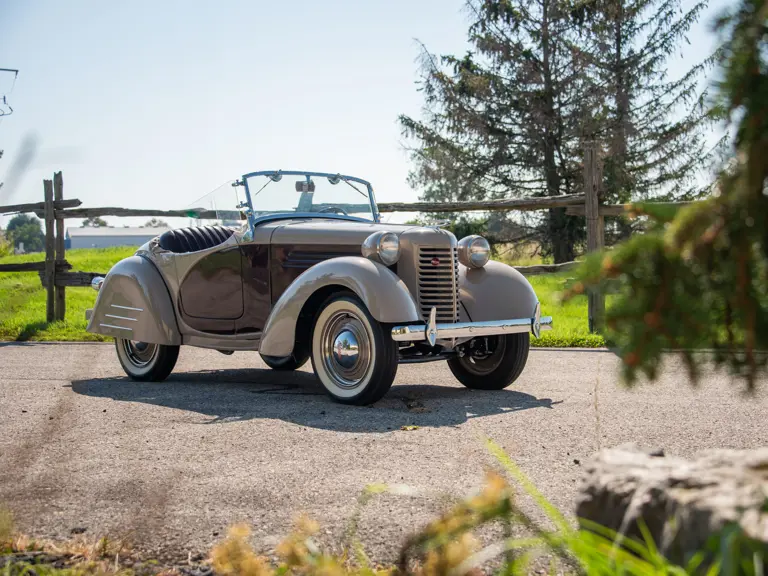
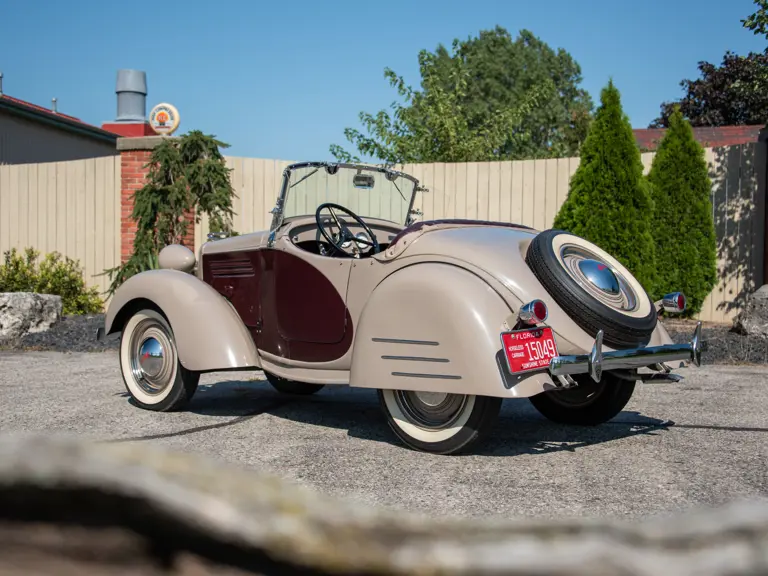
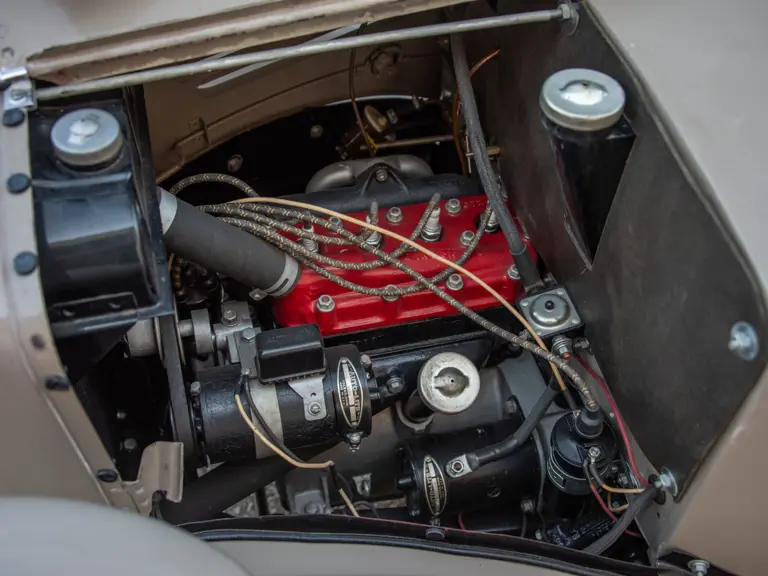
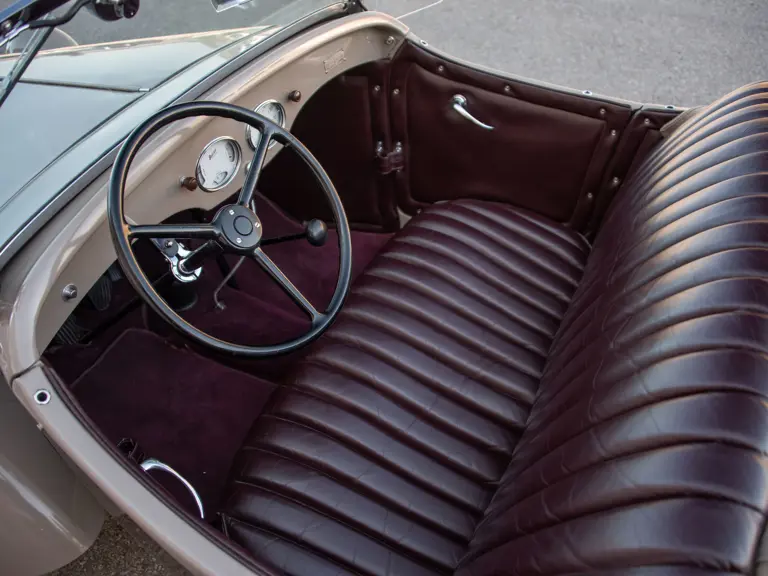
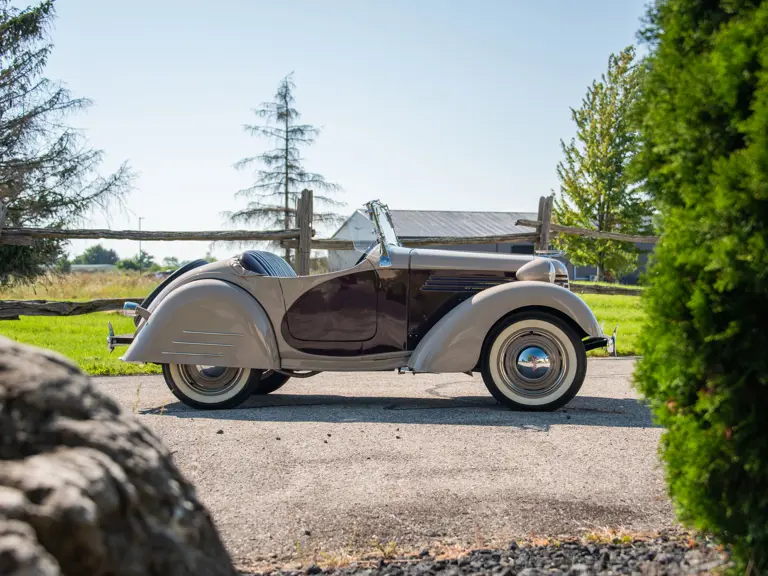
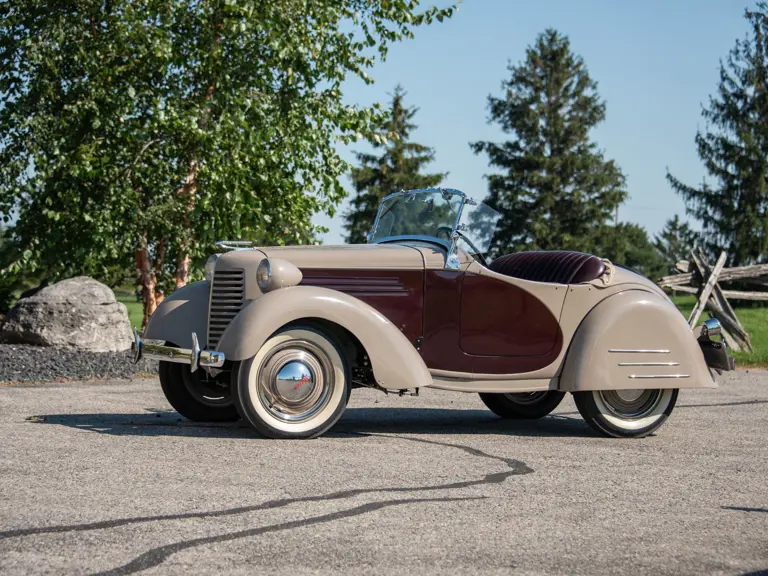
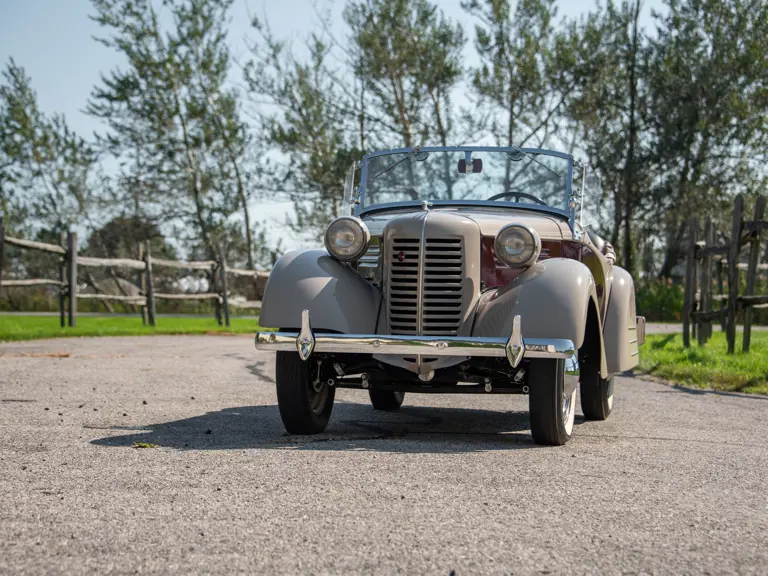
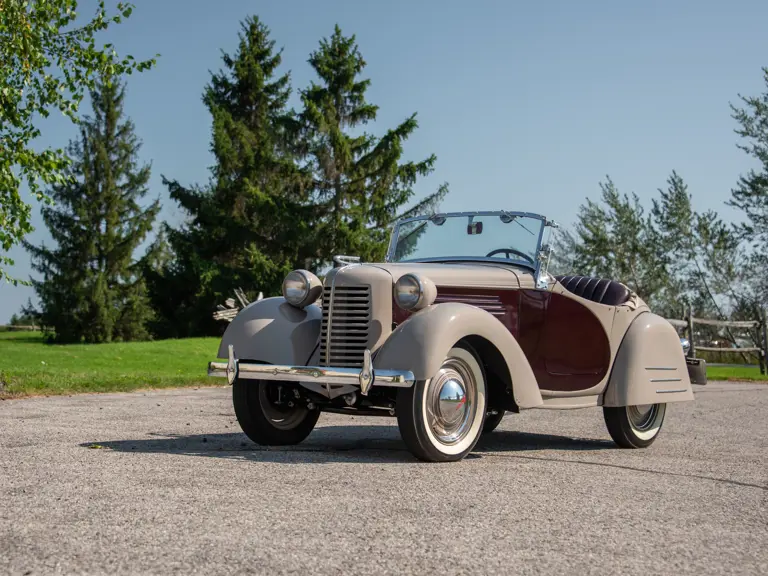
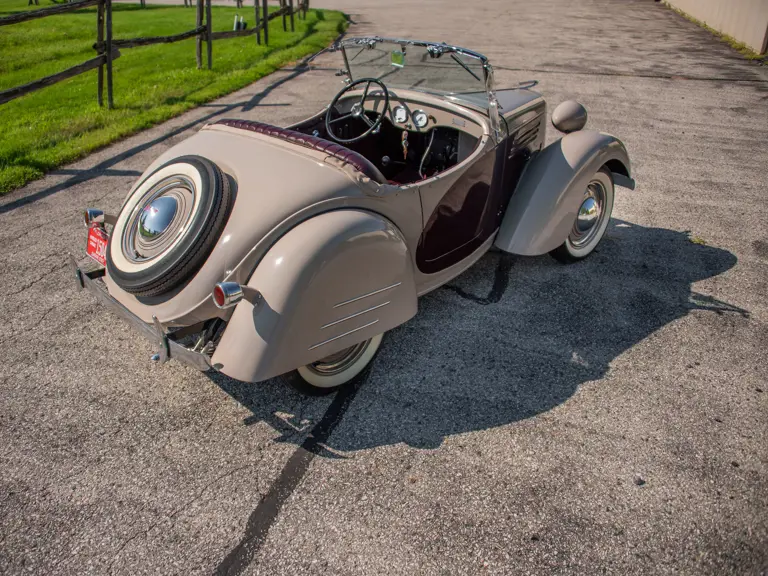
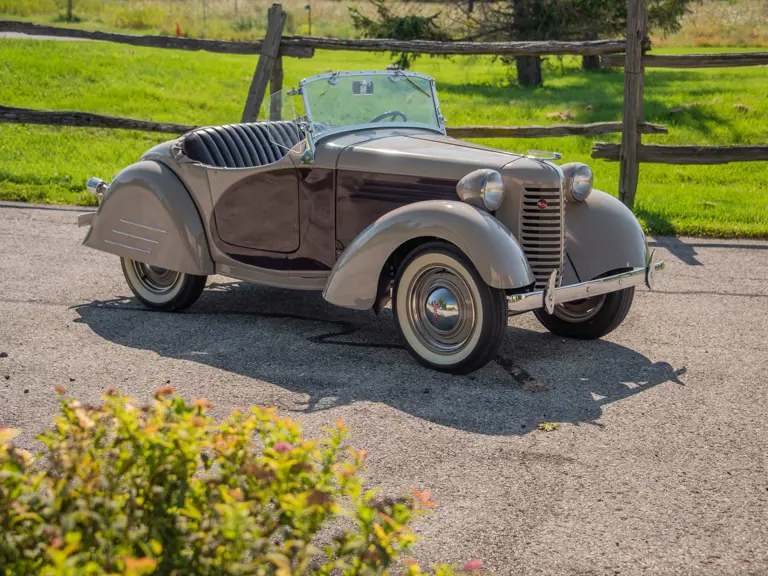
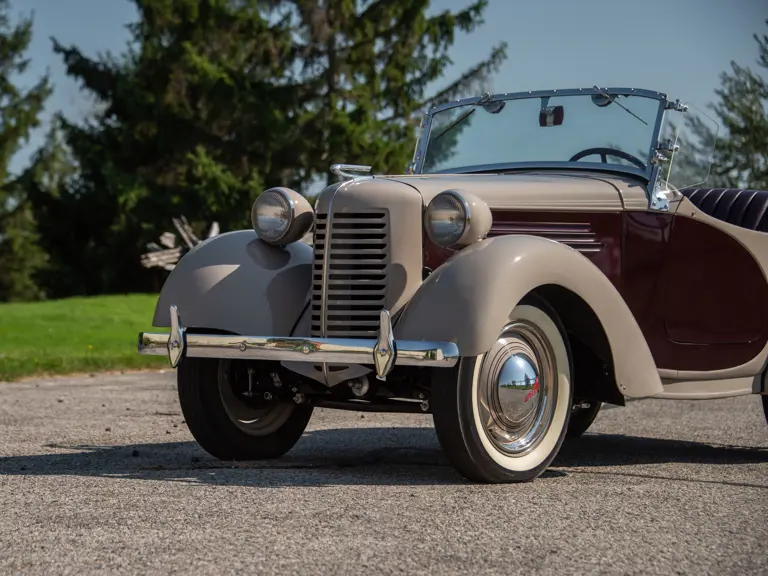
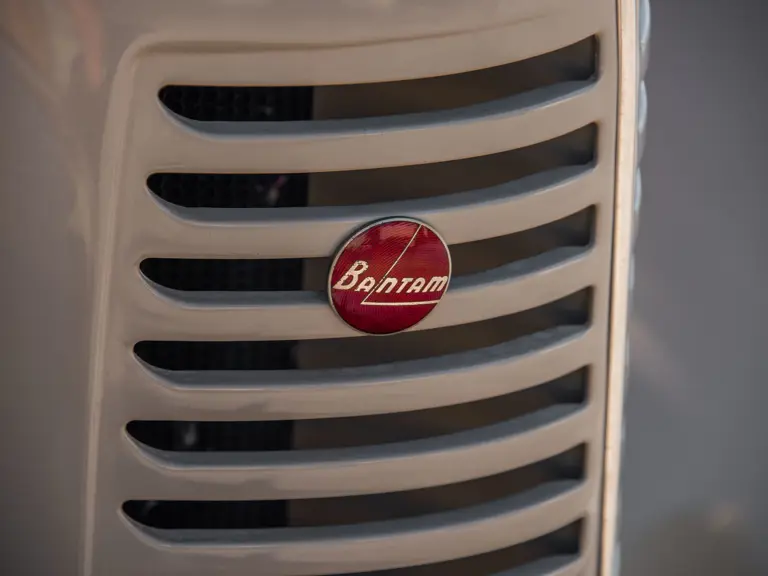
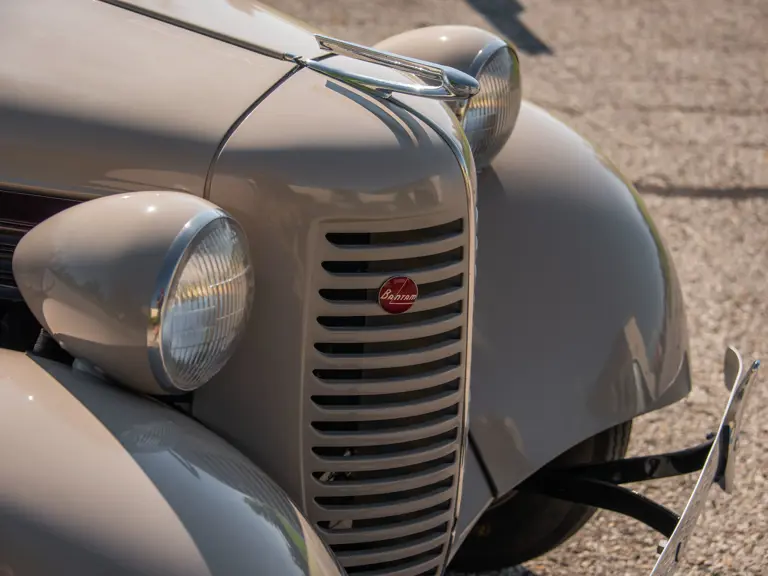
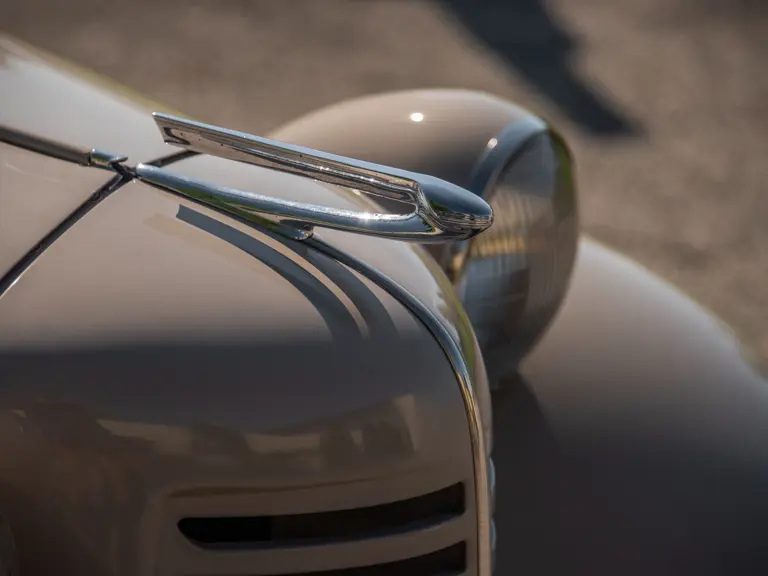
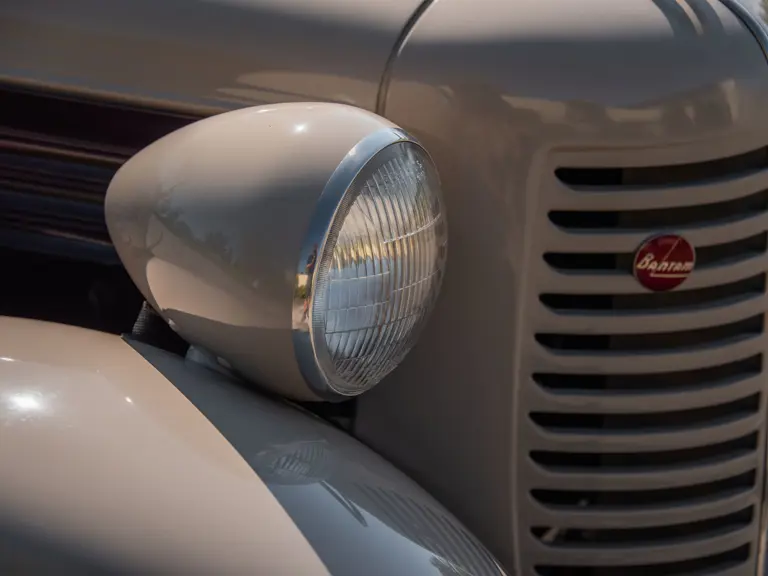


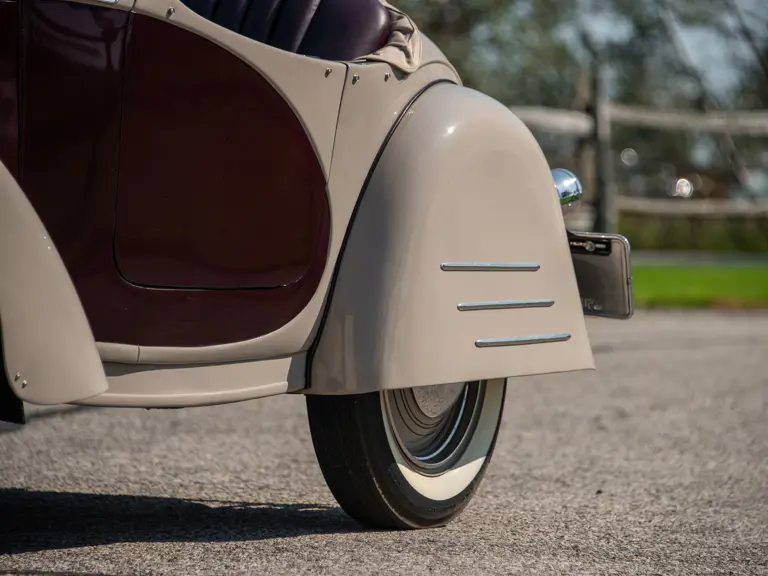
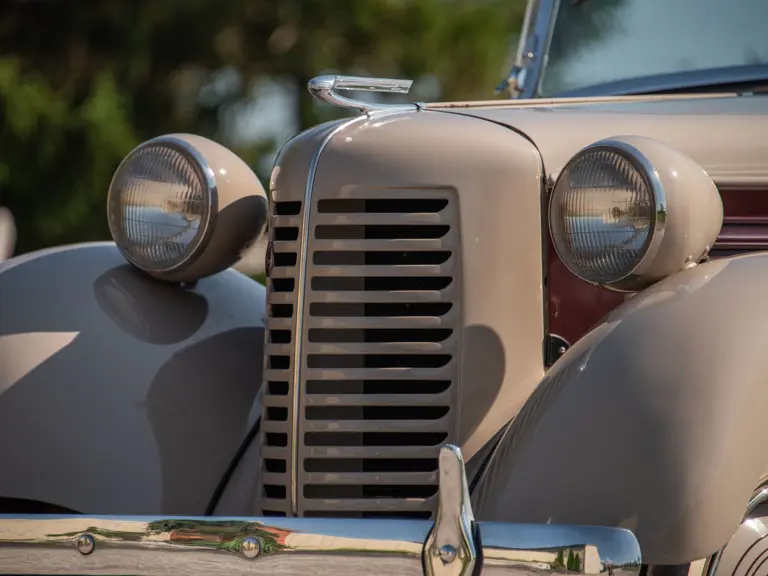
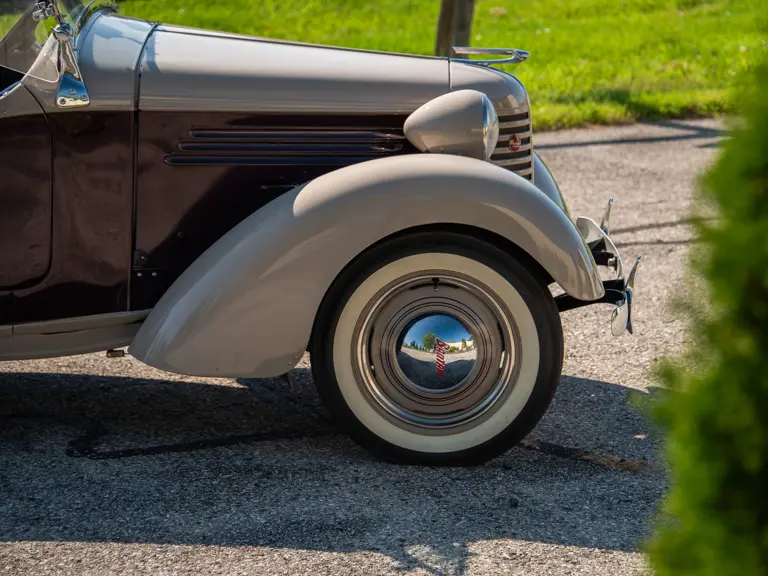
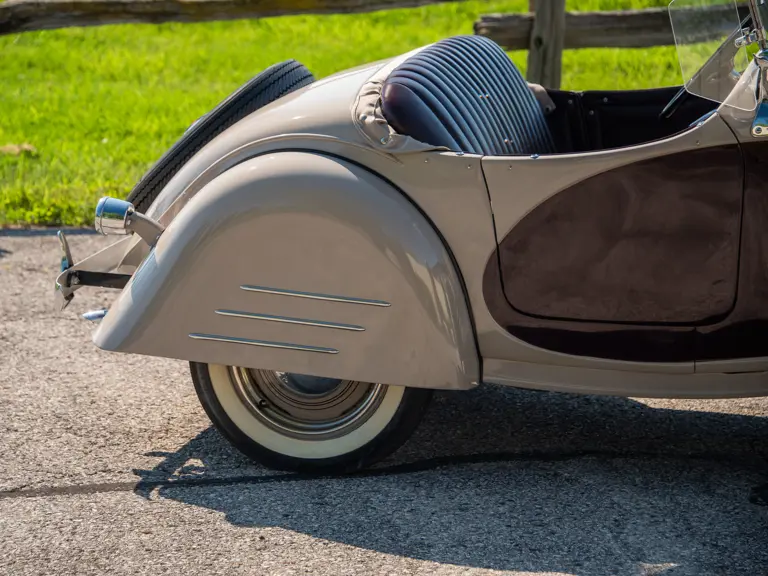
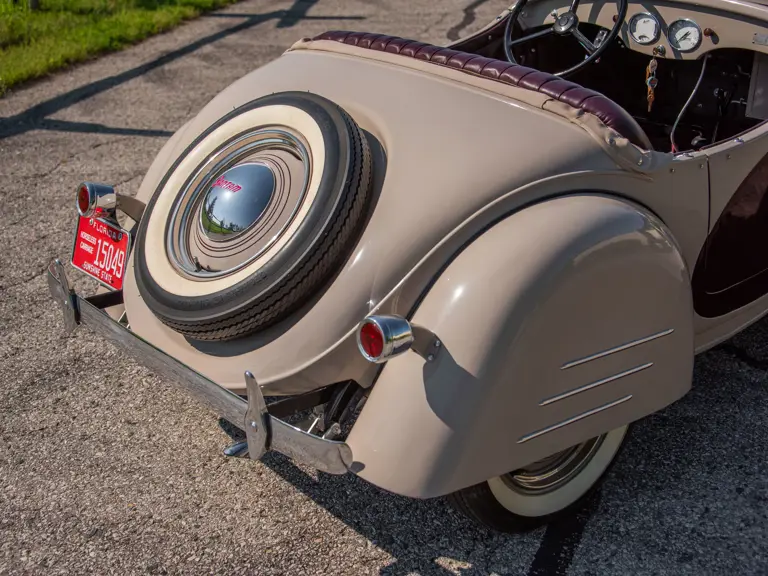
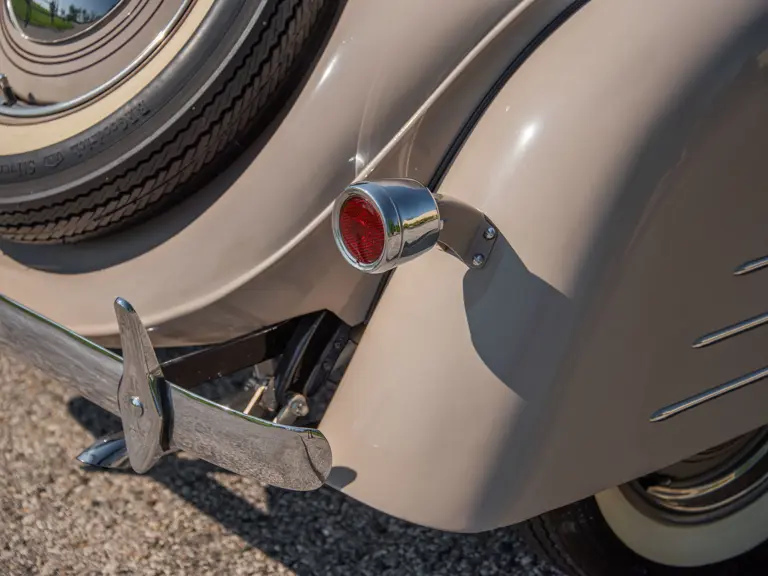
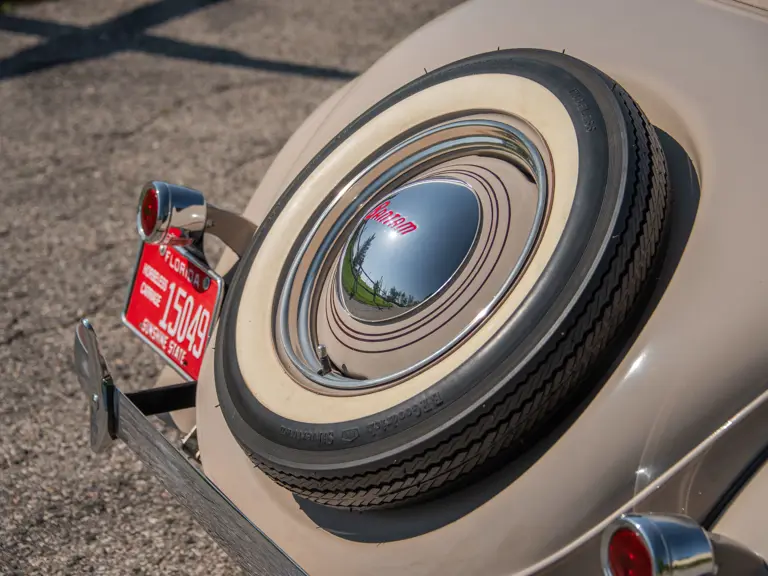
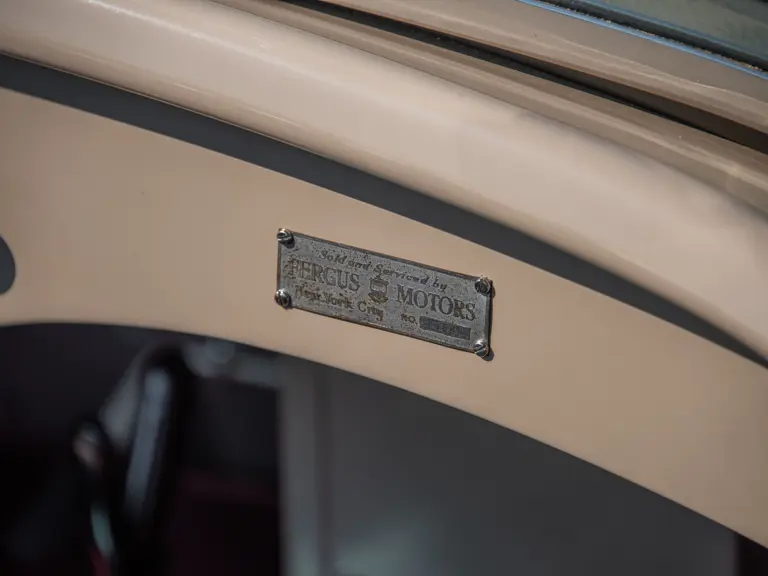
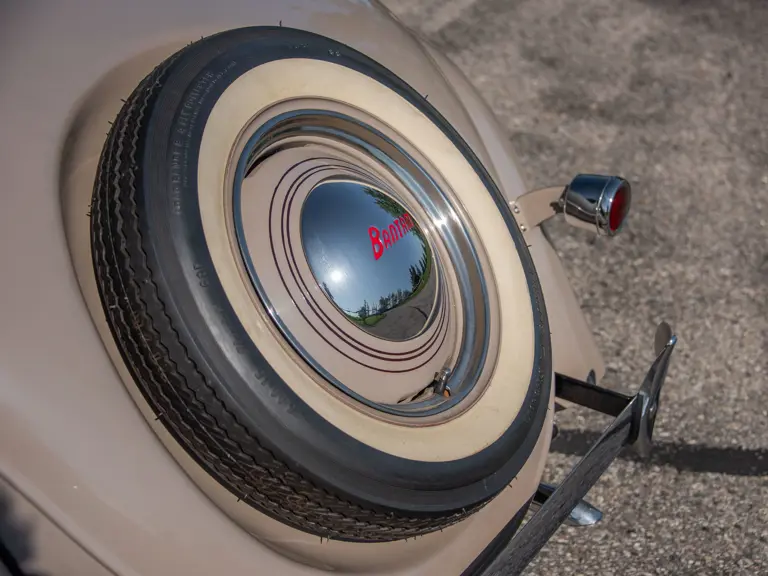
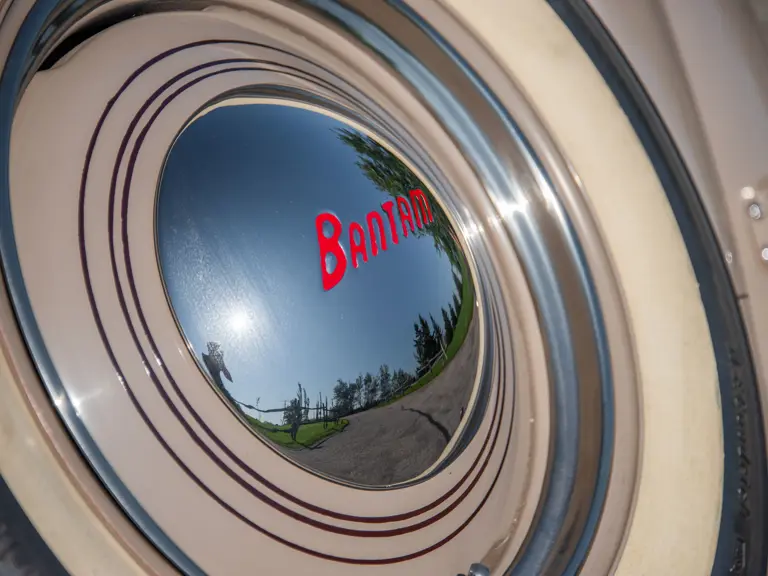
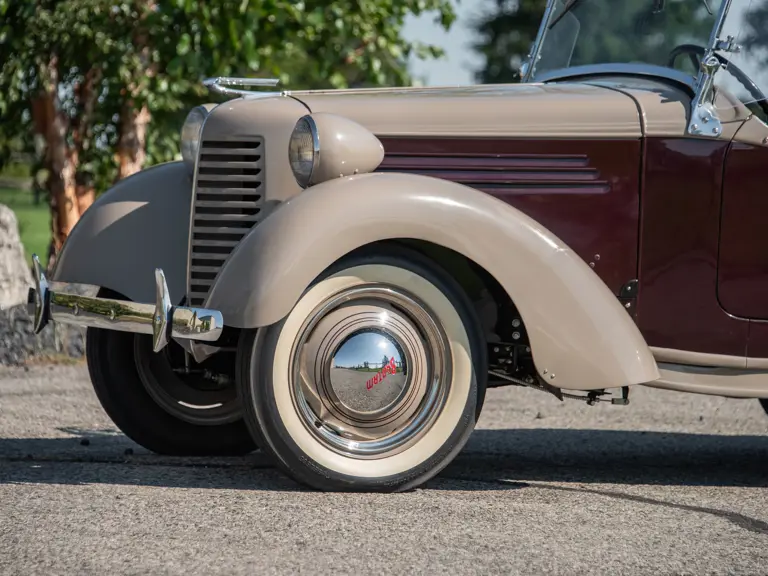
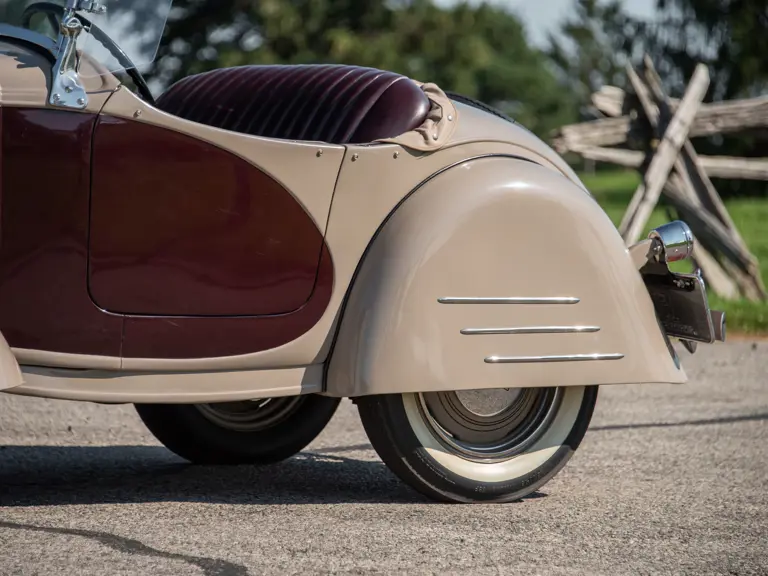
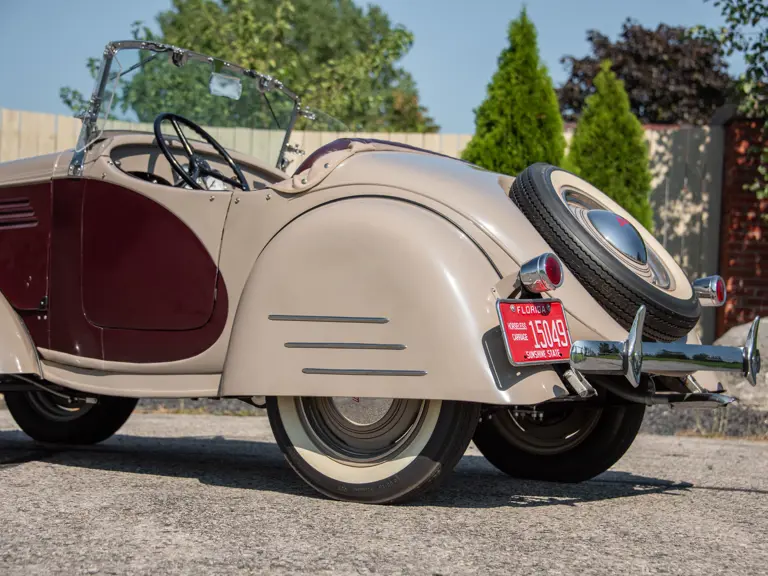
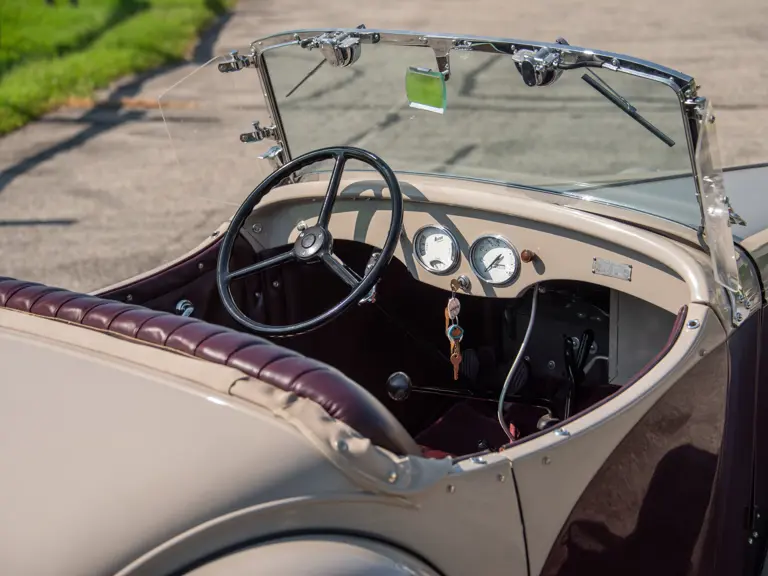
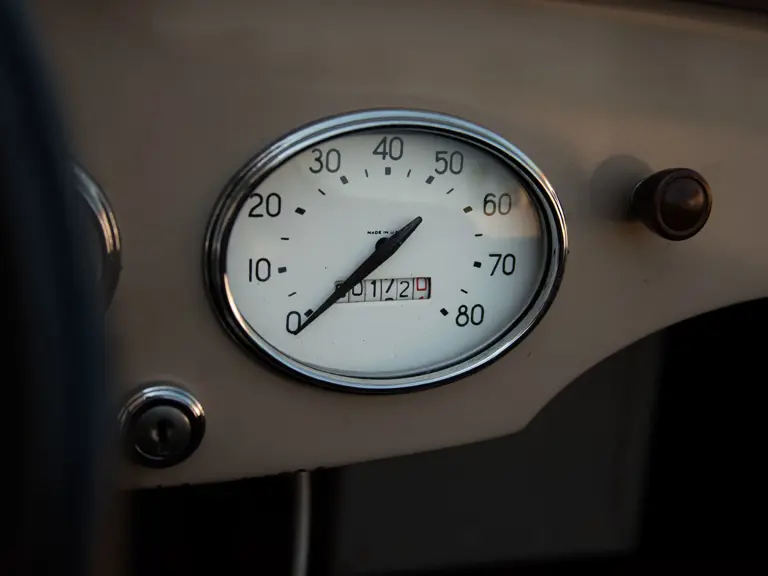
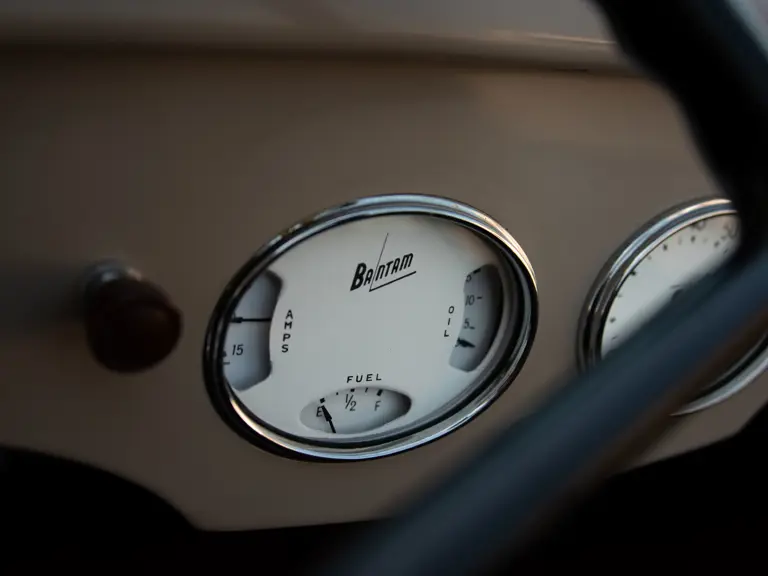
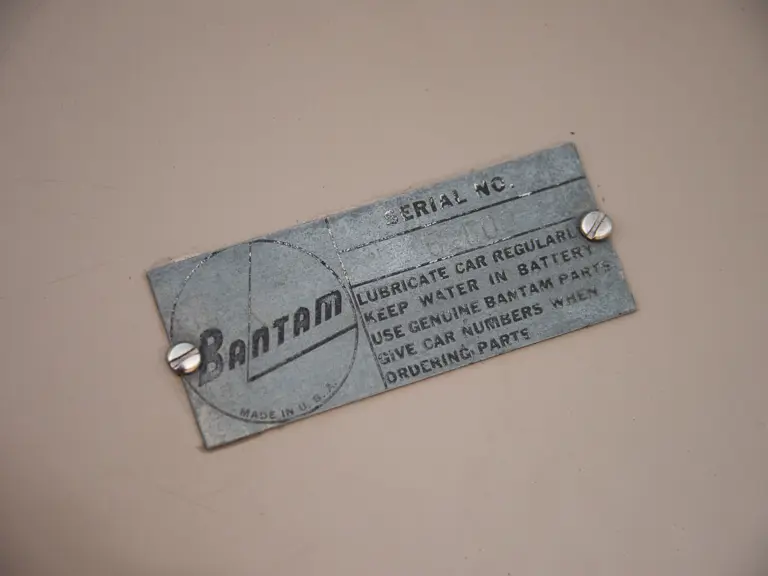
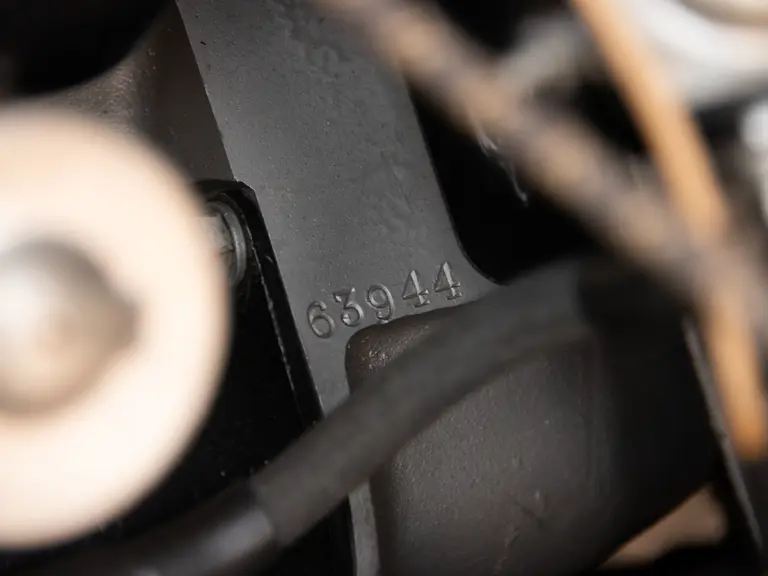

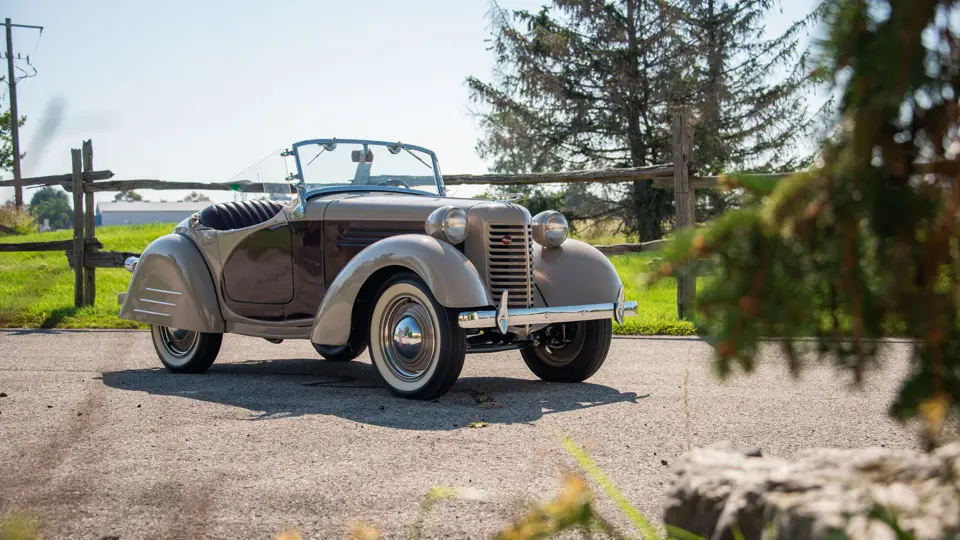
 | Hershey, Pennsylvania
| Hershey, Pennsylvania
